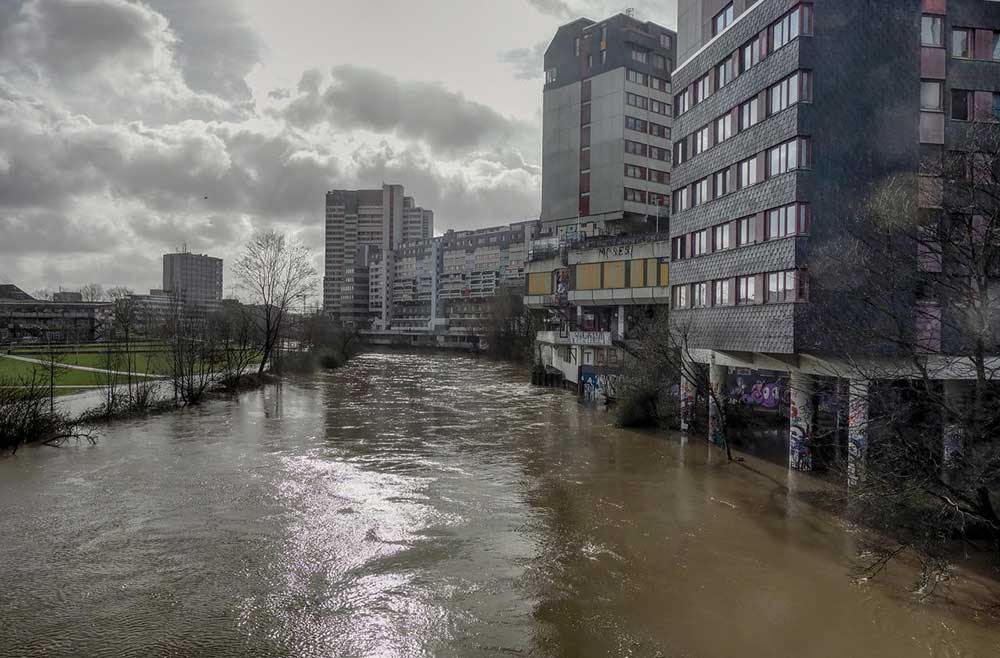Calamity-Proofing High-Rise Apartment Buildings: Floods & Hurricanes

Coastal metropolitan cities in India such as Mumbai and Chennai are particularly prone to flooding due to lack of stormwater drainage infrastructure and concretisation. Floods can be the most detrimental for high-rise buildings — critical service systems such as boilers, elevators, generators and water pumps, are located underground, sometimes several levels underground, and the risk to those systems in a flood is high. It is crucial to ensure that such equipment is adequately protected from damage and failure in the event of a flood.
Safety measures to protect high-rises from the hazard of floods can be classified into three categories:
- Protection through the blocking of water, drainage improvement or building of water retention zones
- Elevating the buildings to protect the buildings from strong water currents, debris flow, floatation and basement inundation by floodproofing and using water-resistant materials
- Installation of early warning systems, exit mechanism for rescue, and providing a “safe house” within the buildings on the higher floors
Further, flood-proofing of basements can be classified into:
- Dry floodproofing - This approach is meant to protect an area so that no more than 4 inches of water can accumulate during a 24-hour event. Measures include applying waterproof coatings to floors and walls, installing backflow prevention valves and fortifying windows and doors with flood shields.
- Wet floodproofing - Underground parking and spaces restricted to storage are typical areas that benefit from wet floodproofing. This type of protection depends on installing flood openings that allow water to enter and exit without reaching levels that can cause serious damage.
- Integrated flood proofing - By combining the first two protective modifications, integrated flood proofing is an excellent approach to minimizing flood water damage. It can include waterproof enclosures for elevated equipment, wet floodproofing through main underground corridors and heavy-duty sump pump systems.
Power grid failures during a storm can further lead to the failure of fire pumps, sump pumps and water pumps. In the case of a fire pump failure, it is crucial to evacuate the building immediately. Failure of the sump pump will result in standing water and therefore, more damage to the building. Hence high-rises need to have generators so that these critical systems will continue to run even if a storm disrupts power.
It is hence extremely vital for high-rises to be accommodated with backup generators and systems to prevent fatalities.


